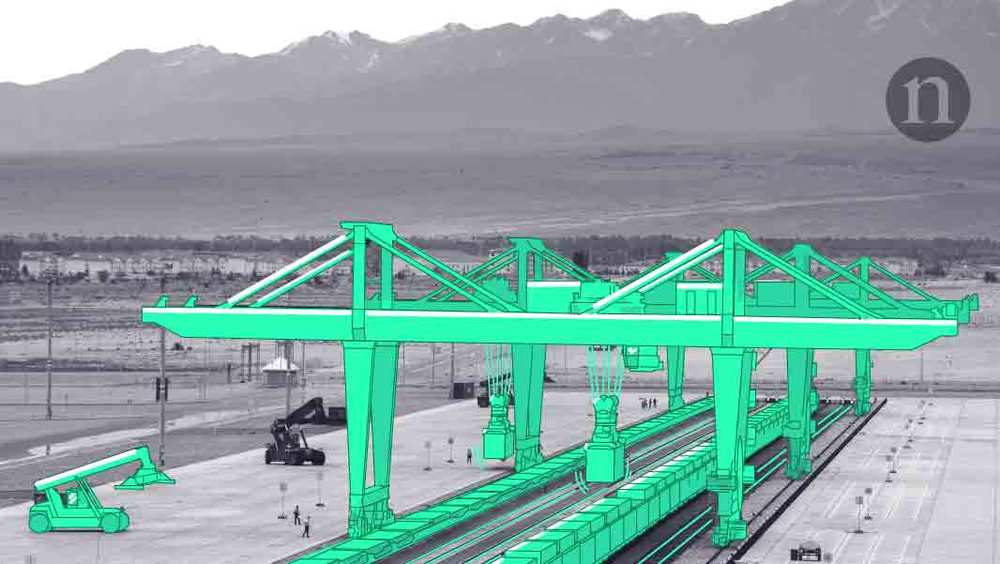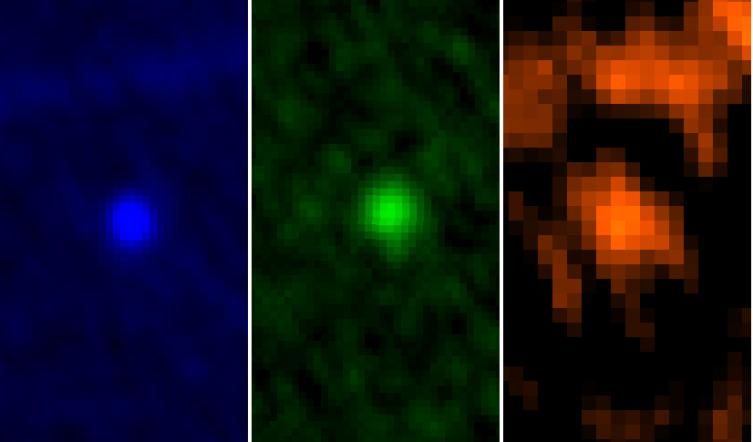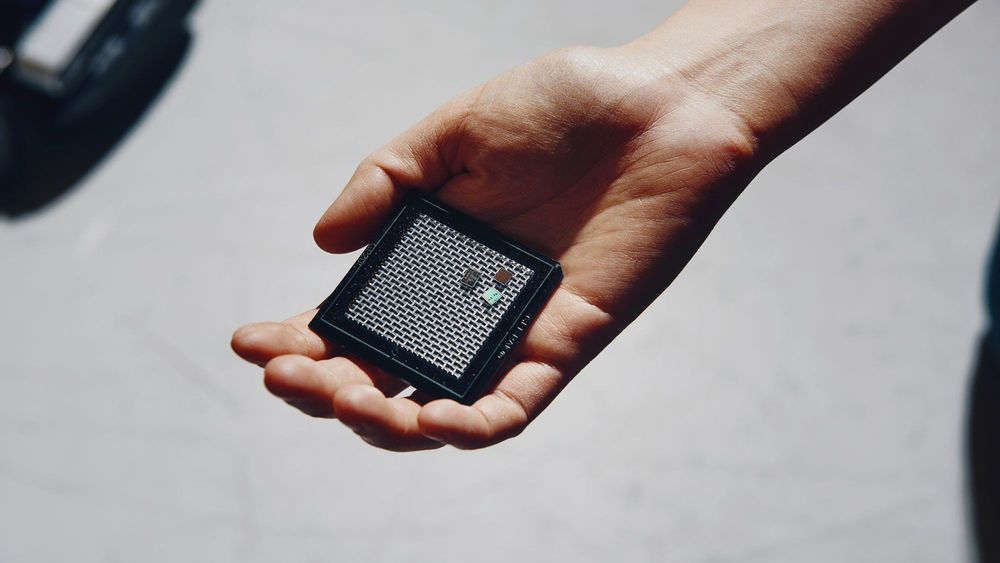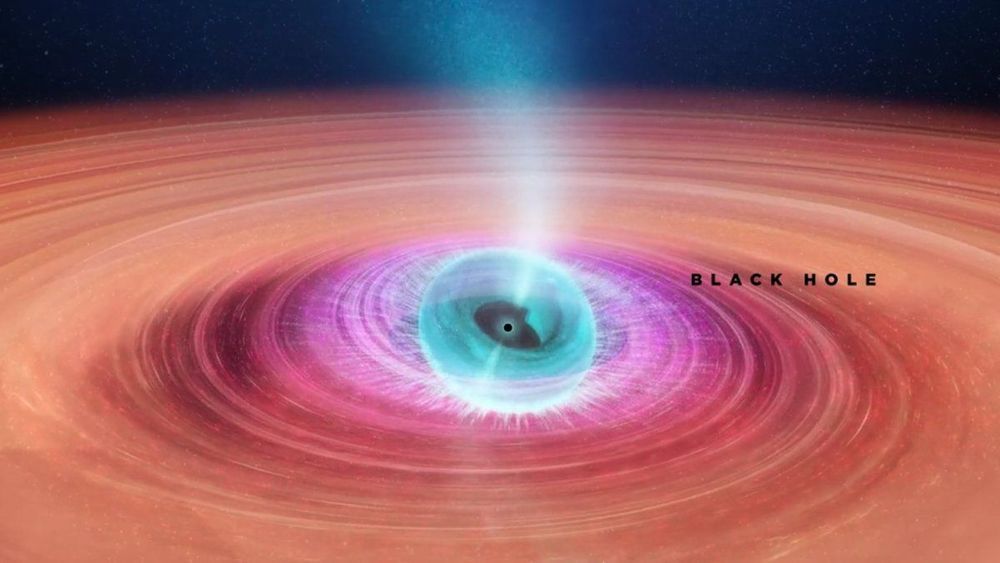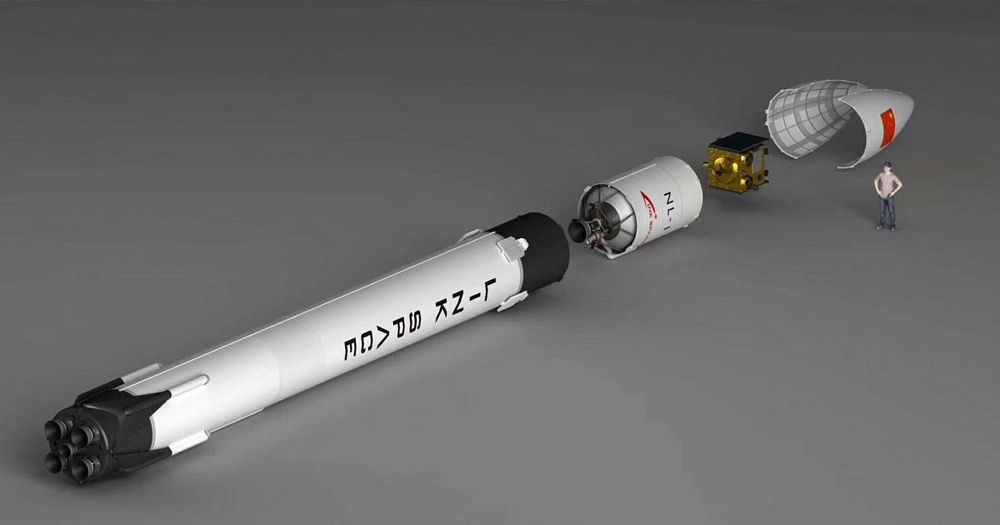Page 8890
Now you can discover Daymet Daily Surface Weather Data, which includes precipitation, temperature, and other weather variables from 1980–2018 through the NASA Application for Extracting and Exploring Analysis Ready Samples (AρρEEARS) application!
About AppEEARS: AρρEEARS offers users a simple and efficient way to perform data access and transformation processes. By enabling users to subset data spatially, temporally, and by layer, the volume of data downloaded for analysis is greatly reduced. Sample requests submitted to AρρEEARS provide users with data values and associated quality data for a variety of remote sensing data products. Two types of sample requests are available: point samples of geographic coordinates or area samples of vector polygons. Interactive visualizations with summary statistics of the sample results are provided within the application to allow the user to preview and interact with their sample before downloading the data.
Explore NASA’s AppEEARS: https://lpdaac.usgs.gov/tools/appeears/
May 1, 2019
6 Asteroids Will Buzz Earth Within a 2-Year Span and Scientists are Psyched
Posted by Carse Peel in category: space
Asteroid scientists are already looking forward to six incredible flybys that will take place over just 2 years. The festivities kick off in 2027.
May 1, 2019
Here’s an image of Max More, Natasha Vita-More, Jim Strole, Bernadeane, and myself with the final version of our XPRIZE work at their event yesterday
Posted by Zoltan Istvan in categories: biotech/medical, government, life extension, policy
We submitted the Longevity Peace Prize, worth $5 million dollars to be awarded to any longevity activist(s) in the next 5 years who can get a major world government or the UN to declare “aging a disease” as a policy and to help reverse regulatory hurdles on life extension research. Hopefully, this early version of a prize may one day become reality. https://xprize.org/

April is gone, and before we move on to May, let’s take a look back at the highlights of last month in the rejuvenation world.
LEAF News
May 1, 2019
This chip was demoed at Jeff Bezos’s secretive tech conference. It could be key to the future of AI
Posted by Klaus Baldauf in categories: robotics/AI, space
The chip on show at Amazon’s MARS event—alongside karate-chopping robots and Martian bases—is many times more efficient than conventional silicon chips.
May 1, 2019
Astronomers Discover ‘Extraordinary’ Black Hole That Is Warping Space-Time
Posted by Genevieve Klien in categories: cosmology, physics
Nearly 8,000 light-years away from Earth, astronomers have discovered a black hole that keeps rapidly swinging out jets of plasma clouds into space, according to a new study.
The black hole, known as V404 Cygni, doesn’t behave like others. The jets shoot out possibly within minutes of each other and in all different directions. And while the researchers admit that black holes are some of the most extreme objects in the universe, this one is different.
“This is one of the most extraordinary black hole systems I’ve ever come across,” study author James Miller-Jones said in a statement. Miller-Jones is also an associate professor at Curtin University’s International Centre for Radio Astronomy Research.
Continue reading “Astronomers Discover ‘Extraordinary’ Black Hole That Is Warping Space-Time” »
May 1, 2019
Watch Out SpaceX: Chinese Startups Are Testing Reusable Rockets
Posted by Michael Lance in categories: futurism, satellites
Commercial space companies are cropping up left and right in China.
Two Chinese launch startups have successfully tested and demonstrated rockets that set the groundwork for future reusable launch vehicle technology, SpaceNews reports.
China decided to open up the launch of small satellites to private companies in 2014 and at least 15 SpaceX-like startups, according to Reuters, have emerged as a result.
Continue reading “Watch Out SpaceX: Chinese Startups Are Testing Reusable Rockets” »
May 1, 2019
Storage beyond the cloud
Posted by Mike Ruban in categories: biotech/medical, cybercrime/malcode, habitats, internet, space
A new way to store information in molecules could preserve the contents of the New York Public Library in a teaspoon of protein, without energy, for millions of years.
Books can burn. Computers get hacked. DVDs degrade. Technologies to store information–ink on paper, computers, CDs and DVDs, and even DNA–continue to improve. And yet, threats as simple as water and as complex as cyber-attacks can still corrupt our records.
As the data boom continues to boom, more and more information gets filed in less and less space. Even the cloud–whose name promises opaque, endless space–will eventually run out of space, can’t thwart all hackers, and gobbles up energy. Now, a new way to store information could stably house data for millions of years, lives outside the hackable internet, and, once written, uses no energy. All you need is a chemist, some cheap molecules, and your precious information.
